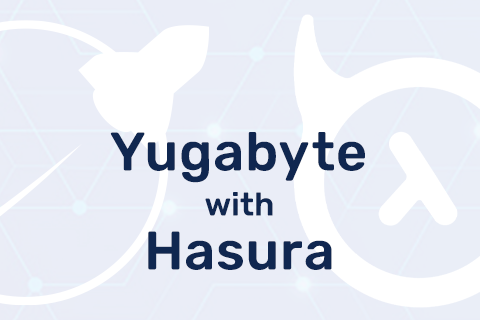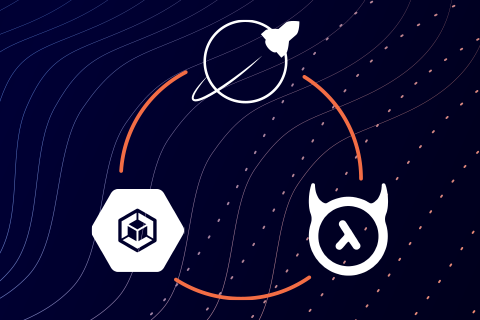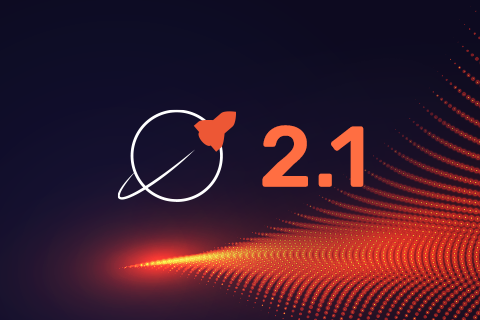GraphQL & Distributed SQL Tips and Tricks – July 10, 2020
Welcome to this week’s tips and tricks blog where we explore topics related to combining GraphQL and YugabyteDB to develop scalable APIs and services. We’ll also review upcoming events, new documentation, and blogs that have been published since the last tips and tricks post.
This next section is for those of you who might be new to either GraphQL or distributed SQL.
What’s GraphQL?
GraphQL is a query language (more specifically a specification) for your API,
…




